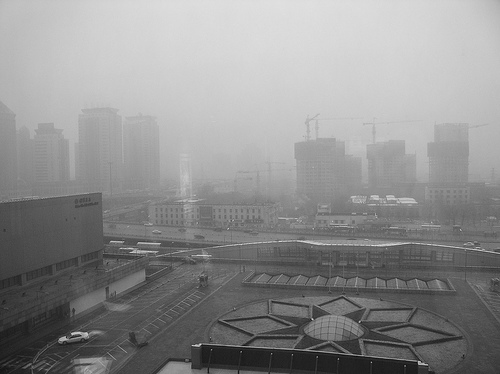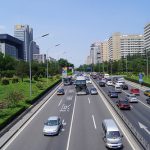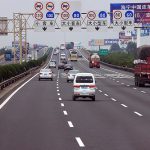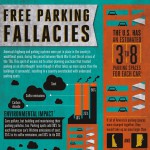How China’s “new normal” will affect GHG emissions
In a new study titled “China’s ‘new normal’: structural change, better growth, and peak emissions,” authors Fergus Green and Lord Nicholas Stern discuss China’s transport sector and its role in the growing Greenhouse Gas (GHG) problem.
So what is the so-called “new normal?” As far as China’s economy is concerned, it’s an economic transformation focused on higher-quality growth and driving down GHG emissions. In their policy brief, Green and Stern reveal that while motor vehicles contribute greatly to air pollution, especially in urban areas, their involvement in the “new normal” solution is crucial to China’s economic and environmental progression.

China’s GHG emissions may be high, but they may not remain that way forever. Image from kevin dooley.
To get a better understanding of the new normal, it’s important to know China’s old model of growth. This Journal of Economic Perspectives article by Xiaodong Zhu does a great job of explaining it, but in short, China has grown rapidly over the past few decades due to high investment, strong export orientation, and energy-intensive manufacturing. However, while this model lifted hundreds of millions out of poverty, it raised problems of inequality—both personal and regional—and intensified pollution, congestion, and GHG emissions.
China’s growing vehicle use in urban areas has led to an increase in air pollution and haze, and the amount of residents that are exposed increases as China urbanizes. (Pollution in China has been linked to 1.23 million premature deaths in 2010, as seen in this graph.) Green and Stern report that in 2011, carbon dioxide emissions from the transport sector were roughly 6% of China’s overall GHG emissions. Moreover, China’s oil consumption and carbon dioxide emissions from transport have grown rapidly over the past 25 years. This has been strongly driven by growth in the road transport vehicle stock, which in turn has been driven by rising population and per capita wealth.
To get an idea of the damage done by vehicle stock growth, Stern and Green provide a table demonstrating China’s vehicle stock and associated energy consumption and carbon dioxide emissions. From 2002 to 2009, it shows that China’s vehicle stock increased by 42.7 million, which resulted in a 201 MT-CO2 carbon dioxide increase.
The dangers associated with the continued growth of vehicle use and oil consumption, such as energy insecurity, traffic congestion, air pollution, and rising GHG emissions, has become a major topic of discussion and action among Chinese policy-makers. In recognizing these issues, China has decided to change its economic strategy, which has resulted in the new normal. The goal? Environmental sustainability.
China’s 13th Five-Year Plan for economic development, which Green and Stern explain in a separate policy brief, includes policies for reducing energy consumption and emissions in the road transport sector, especially through improvements in combustion engine vehicles. That being said, encouraging the production of and demand for new energy vehicles, such as electric, hybrid, and fuel cell vehicles, will be important for decarbonizing the road transport sector.
If the proper precautions are taken through the new normal model, GHG emissions will grow at a moderate rate, keeping them within safe limits. Green and Stern think that under this model, GHG emissions are likely to peak by 2025, and it’s possible that they do so even earlier than that. The authors also expect China’s peak emissions level to be around 12.5–14 billion tonnes of carbon dioxide equivalent.
China’s “new normal” development model provides an extraordinary opportunity to ensure that China’s growth is not only strong and sustained, but also low-carbon, more energy secure, and less polluting. Given its sheer size—geographically, demographically, economically, and in terms of its energy use—China will always be a critical participant in global change. That being said, hopefully China’s new normal will set an example for all countries on how to reduce vehicle-caused emissions.
Related Posts
Category: Transportation

















